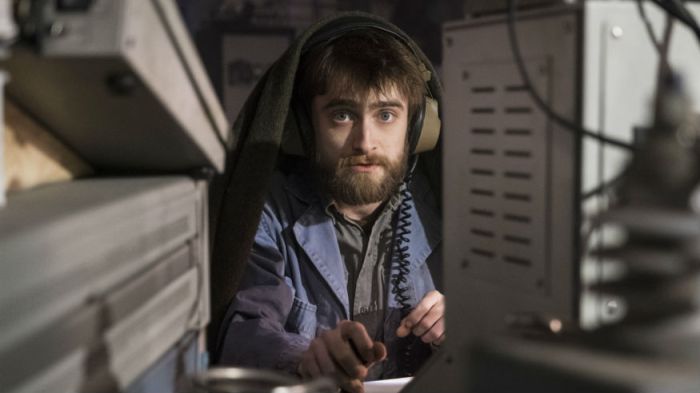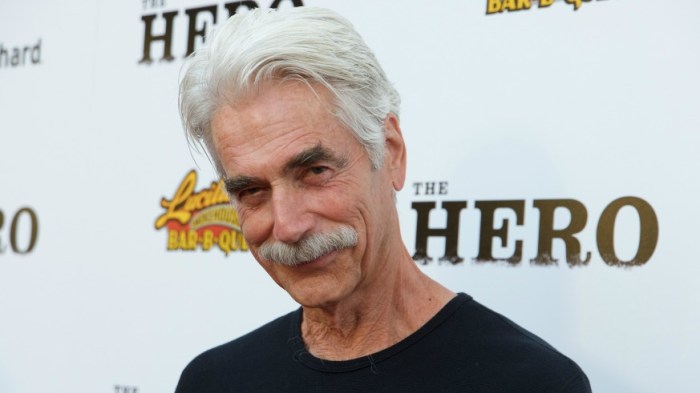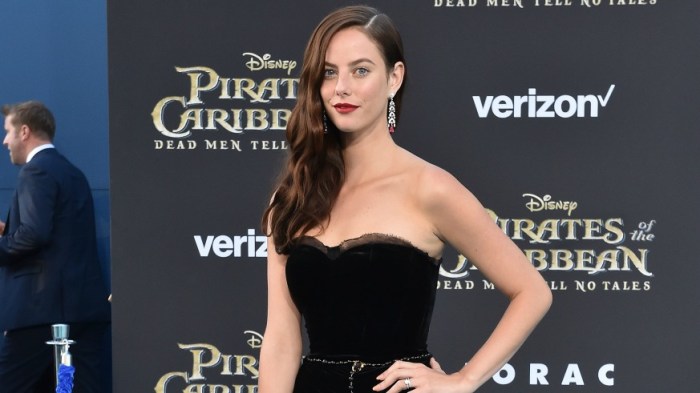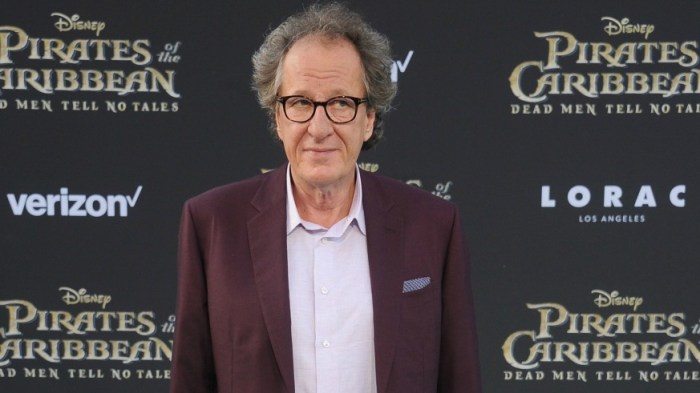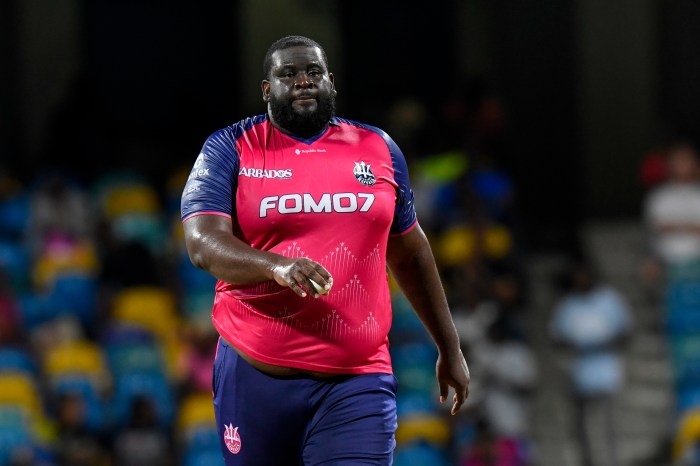For ages Mary Elizabeth Winstead thought she was in a film called “Valencia.” It was a three-person thriller in which her character finds herself trapped in an underground bunker with a young man (John Gallagher Jr.) and its unhinged owner (John Goodman), who claims there’s been some kind of big attack on America. She found out it was actually a semi-sequel to 2008’s found footage alien invasion hit “Cloverfield” right before everyone else did: When the trailer went online. It’s now called “10 Cloverfield Lane,” and the title and Bradley Cooper voicing her boyfriend early on are the only things that are different, Winstead tells us, from what she shot. It offers her a meaty role in a genre with which Winstead’s familiar. She started her career in horror entries like “Final Destination 3” and “Black Christmas” before segueing into the likes of “Death Proof,” “Scott Pilgrim vs. the World” and last year’s indie “Faults,” directed by her husband Riley Stearns. But she says horror has always been a great place for a young actress to break through — maybe the only place. RELATED: Review: “10 Cloverfield Lane” is a crackerjack thriller that stands on its own You tend to play a lot of characters who speak only when they have to. Your character, Michelle, is like that, too. RELATED: Geek Girl in Hollywood: Wonder Woman as a feminist icon This is a mix of a lot of genres, but it’s also partly a horror film, like some of the first films you did. It’s interesting that that’s a genre that has always embraced female leads. But despite often going with female heroes, horror films aren’t always exactly feminist. Sometimes they’re abused or even tortured. RELATED: Interview: Jonathan Gold on “City of Gold,” Los Angeles, gentrification and one food he dislikes It actually avoids things like sexualizing her or fetishizing it when she’s hurt. Were there other things when you were first looking at it that jumped out at you as things that needed finessing? RELATED: Interview: Mary Elizabeth Winstead talks “Faults” and working with her husband There’s a Twitter account called @femscriptintros that’s all about how female characters are introduced in screenplays. They’re usually go out of their way to talk about how attractive they are, which doesn’t happen with the male characters. At the same time, strong female leads aren’t always feminine. They can feel like a male character but the gender switched.
I really enjoy non-verbal communication when I’m working. It’s more fun to say things with your eyes and your facial expression. And when you’re talking it’s way more fun to be saying that’s the complete opposite of what you’re thinking. There are times when you’re doing a scene and the words aren’t quite clicking. You just throw out the words and it’s a much stronger way of saying it. I was very happy Michelle was that strong but silent type. That was better than her being super-chatty.
I would get the question a lot: “Why do you do horror films?” It’s like, “Where else do you see kickass female heroines other than in genre films?” Of course, now we have “Divergent” and those films. But in terms of how long I’ve been working, if you’re going to find a really great lead role where you get to do a lot of things and run through a range of emotions and you’re not a big star, horror is kind of the place for you. When I started they welcomed me with open arms.
When I do those films I’ve always try not to be exploited in any way, or play characters that go against anything I have within me in terms of my feminist nature. This was a script when I read it I knew immediately it was something I could take on. There were a couple of things in the script that in the wrong hands could go in a way I wouldn’t be comfortable with. But after talking to Dan [Trachtenberg, director], I realized he was someone looking at the story from her perspective. He’s not looking at it like she’s this girl in peril. He’s seeing himself in her as a person. She’s an everyperson. She’s not a damsel in distress. She’s an anybody in distress. She’s behaving in a way any of us would, as opposed to a certain type of woman.
There were a couple of times when I thought, “I hope we don’t go too far with Howard and how he treats Michelle.” I didn’t want to feel like we were being entertained by Michelle being tortured or treated badly. I think this movie really avoids that. They get into physicals scraps and she’s fighting back and he’s fighting back towards her. But it’s done in a way that’s elevated and doesn’t fall into those traps.
I remember in the original script there was a brief scene where it said, “Michelle takes a shower.” That was a little red flag for me. And they said, “Oh, we’re cutting that.” [Laughs] Stuff like that put me at ease, because my hackles come up really easily on that stuff. They didn’t fight me on anything, whereas I’ve had conversations in the past where people were trying to justify doing it that way.
It’s always “beautiful but doesn’t know it.” [Laughs] I think all it said about Michelle was that “she had intelligent eyes.” I can live with that.
Oh, totally. It doesn’t feel real; it feels forced. Usually it’s a little too strong. Or it’s the other way and she’s a mess and her life is shambles. It’s rare to have that blend where it feels real and relatable. We get to see a lot of everyman characters, but we don’t see a lot of everywoman.
Mary Elizabeth Winstead: Horror is a great place for strong female leads
Follow Matt Prigge on Twitter @mattprigge














